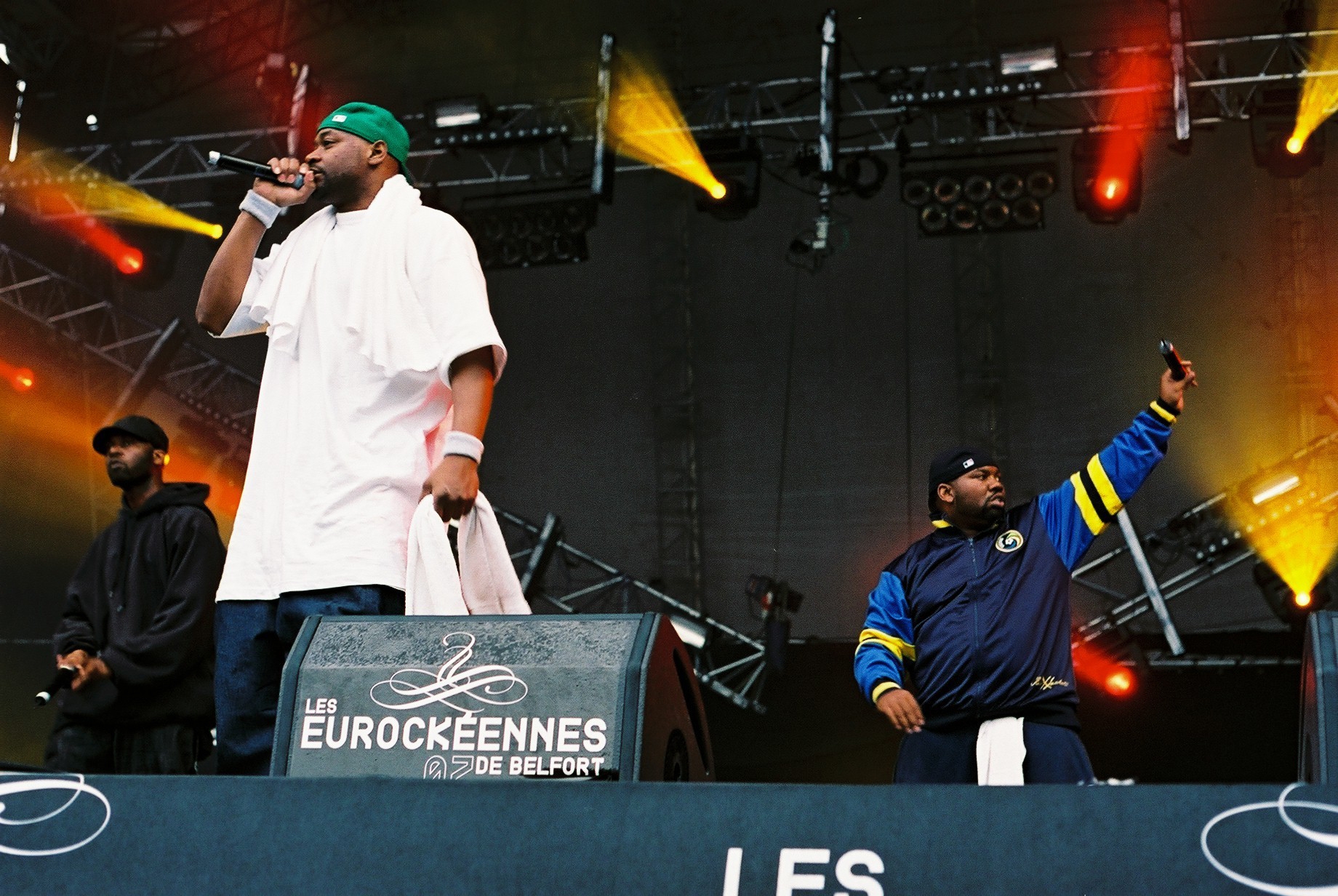Alexei Muravsky | Staff Writer
Featured image: Wu-Tang releases their seventh studio album, continuing their legendary hip hop careers and powerful songs. | Courtesy of Wikimedia Commons
Released a little over a month ago, The Saga Continues by the Wu-Tang is a beast of an album that has finally been unchained and unleashed on the public. The Wu-Tang’s seventh studio album was produced entirely by Mathematics, executively produced by RZA, and mixed with the help of Josh Gannet.
It was hosted by all of the Wu’s members, except for U-God, and featured guests Redman, Chris Rivers, and the late Sean Price, among others. U-God’s absence from the project was the reason the album was credited to the Wu-Tang instead of the Wu-Tang Clan—without him, the entire crew wasn’t present. ODB’s absence is obvious, his flavour on the album being truly missed. However, this album is definitely a gift to us “Wu Heads.”
Sampling was used heavily throughout the album. It harkens back to an older time within hip-hop, and is especially reminiscent of the Wu’s older projects, including the skits to the songs that composed albums like 36 Chambers. This is most evident in songs like “Lesson Learn’d,” “People Say,” and “G’d Up,” where the songs have samples of tracks from the 1950s up to the 1990s. Of course, the Wu-Tang’s signature of sampling a kung fu movie are sprinkled all over the project right from the beginning.
The album begins with a drum roll and blaring horns, as if the Wu are going to war. It skillfully harnesses the craft of hip hop, reminding listeners that the genre made its bones in an aura of competitiveness—where MC’s were at each other’s throats, trying to prove who was the best. This is emphasized by a sample from a kung fu movie and RZA’s enthusiasm.
This theme of competitiveness is seen throughout the album, especially on the Famous Fighters skit and the two tracks that appear after it, which is characteristic of the Wu’s nature. It’s refreshing to see this now, as this competition helps raise the craft’s bar, a much-needed break from mumble rap’s complacency.
The first fully fledged track on the record showcases Mathematics’ genius—mixing the old with the new—with the help of equipment such as an ASR10 and vocals from the Wu and other prominent artists. His study of the craft shines through, especially on the track “Lesson Learn’d,” with the sample that he uses, a piece by David Porter called “I’m Afraid the Masquerade Is Over,” which was used on tracks by artists such as Biggie and LL Cool J.
Undoubtedly, a lesson was learned from all the hip hop homework Mathematics did over the years.
As much as the Wu and their affiliates brought into this story, there are still a few plot holes perforated throughout the album, as Sunny Shoker, a fourth-year student in Psychology at York, elucidates: “I liked the album, it was cool to hear these guys on a joint together again. However, as the album progressed, I found myself yearning more and more for Method Man’s verses, rather than the other artists on the project—he was the highlight of the album.
I felt like I was listening to a Method Man album instead of a Wu-Tang one. Secondly, the album felt somewhat disjointed, as if the members of the Wu-Tang were spitting verses with each other, but not vibing off of each other like on past albums. It wasn’t as interlaced from song to song as other projects they had worked on together—the total composition wasn’t as strong when looking at it as a complete work of art.”
The album is multifaceted, juxtaposing diverse themes that center on the darkest aspects of society in comparison to the light.
It’s almost impossible to outdo past personal works like “Enter the Wu-Tang” (36 Chambers), especially as artists age, but one must remember that, as the Wu put in “Bring Da Ruckus:” “The Shaolin and the Wu-Tang could be dangerous.”
These artists keep their tongues and production sharp, just as the samurai did in the past.
If you haven’t listened to this album yet, reevaluate your priorities.


